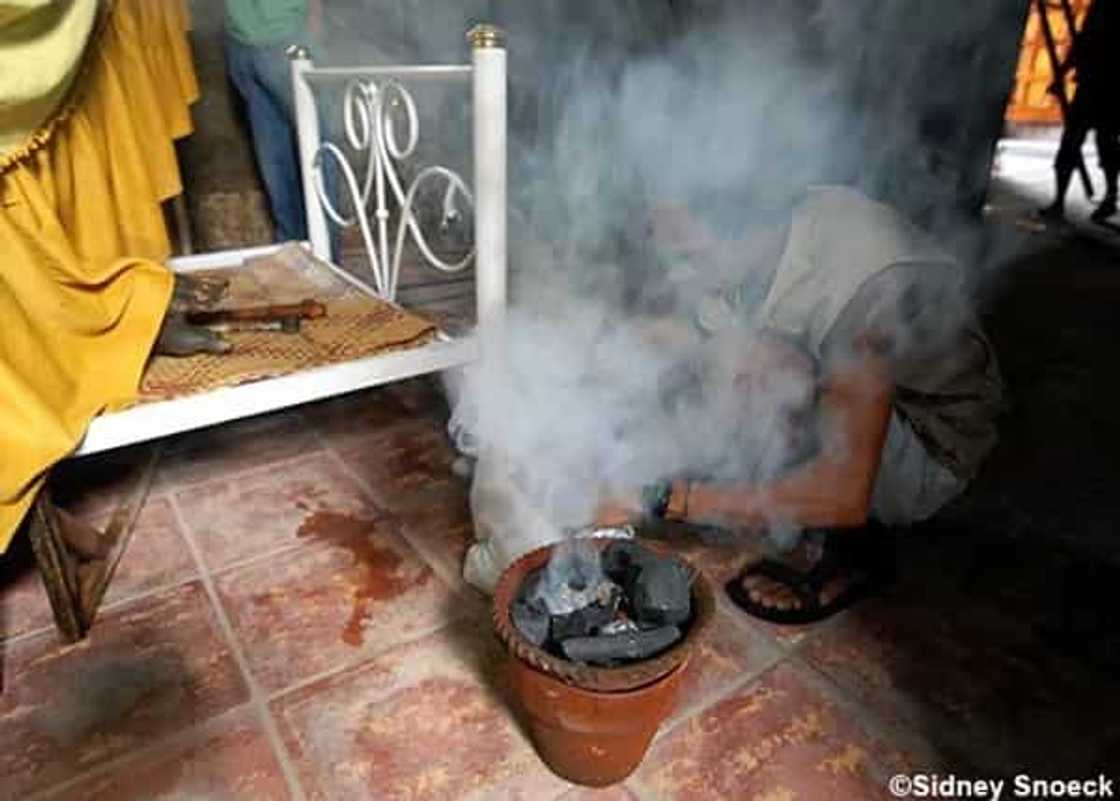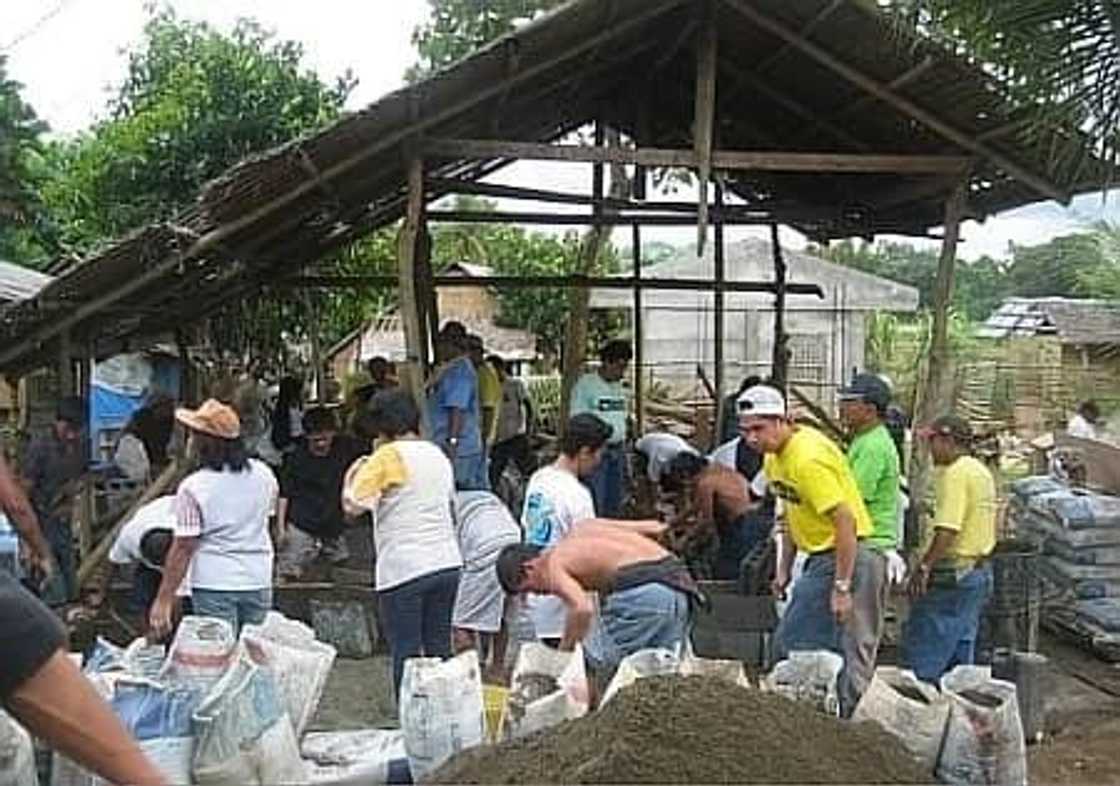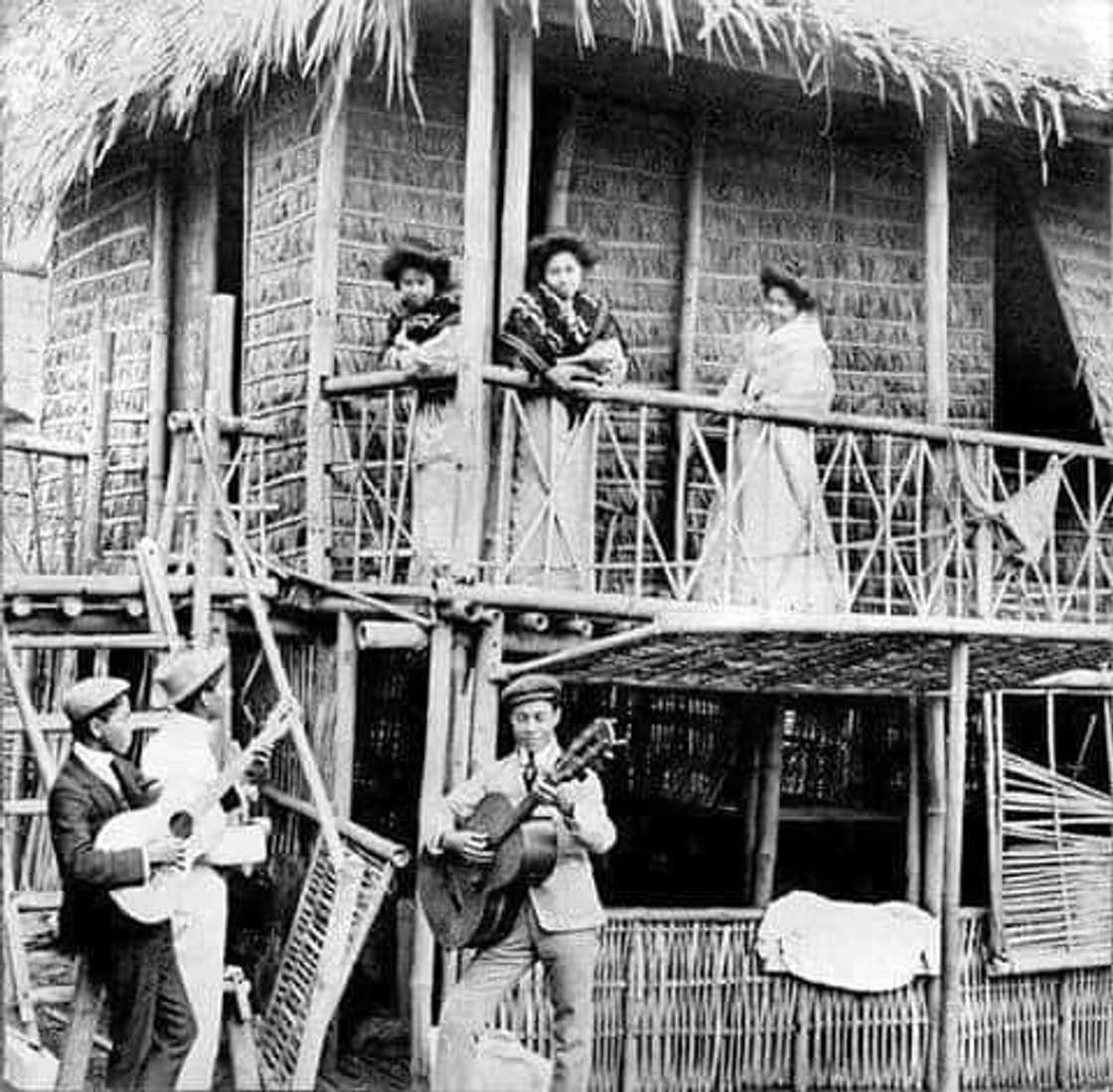Top 5 lost Filipino traditions
The Philippines has always been thick on the ground with culture-rich traditions developed from years of being held colonially. In an attempt to be a trailblazer, much like President Rodrigo Duterte's penchant for putting up beginnings to the endings in this land of cultures, certain traditions have already been either been relegated to the historical dustbins or transformed into ‘gap fillers’ consigned to schoolbooks.
All too often, old traditions can be found in a free-fall continuum of deterioration or in some cases, a total loss in the evolution of the cultures and time.
Let’s reminisce on some of the popular traditions that the modern-day Filipinos seem to have forgotten as urbanization creeps far into the little tucked-away towns of yesteryears:
1. Tabi-tabi Po (Superstition)

Being the superstitious nation that we are, the belief in spiritual beings and mythical creatures is second in nature. As such, many of us were taught as kids to say “tabi po” or “tabi-tabi po” when passing by a huge tree, a termite mound, an anthill, a dark ally or any rural area. With all the stories of people who get cursed and get sick - either by vomiting or urinating black bile, spitting out insects, and getting swelling or pain on any part of the body - after disrespecting the spirits, surely, asking permission to pass by, from the spirits and mythical creatures, so they can avoid you is a small price.
READ ALSO: VIDEO: 7 HOKAGE moves that will either make you laugh or angry
2. Paaso (Superstition)

This is a practice of burning sweet-smelling herbs or incense to appease spirits and bring good luck and well-being to the household. In some places, grass, herbs, or incense is burned in front of the grave or tomb to produce smoke through which people who visit graves must pass through before leaving the graveyard. Passing through smoke while within the cemetery or by the gates of the cemetery is believed to untangle the deads' spirits from the livings' bodies.

3. Bayanihan (Society)

Back in the days where land titles weren’t a thing, people in the provinces simply built a hut on a small piece of land that they claimed as their own. They either farmed on the land or went to town to work while their wives stayed to care for their children. If they wanted to move, they took their whole house with them since it was mainly made with light material like bamboo and palm. Bayanihan is the act of the whole neighborhood getting together and helping to move the house to the new location. These days, bayanihan is synonymous to our trait of national helpfulness, and that we should help our fellow Filipinos in times of need.
READ ALSO: American woman admits to SEXUALLY molesting FILIPINO boy she was planning to adopt!

4. Harana (Courtship)

Harana, the traditional form of courtship where the man sings and woos the woman outside her window at night, is believed to be a social event. Bound by a set of protocols, a code of conduct, and a specific style of music, most men who perform harana bring an acoustic guitar and sing Spanish-influenced songs. The man's friends usually tag along, though it's not uncommon for the best singer or the haranista in town to help.
READ ALSO: Pokemon Go inspires new Pinoy hugot lines! See the best #pokemonhugot lines by Pinoys

Harana, an old courtship tradition in the Philippines. (Photo credit: makeagif)
The tradition has almost completely vanished, so as the song goes, we ask, "Uso pa ba ang harana?" (Is harana still popular?)
5. Paninilbihan (Courtship)

Another one of the many traditional courtship practices is called 'paninilbihan'. Paninilbihan, the Filipino translation for "service", is done by the man for the woman’s family through manual labor (cutting wood for cooking, fetching water from the well) to show his capability to take care of her and their future family.
READ ALSO: Gay singer and former child star Aiza Seguerra to head National Youth Commission

Now, in the modern times, courtship has been reducted by the presence of modern technologies. But just like the traditional one, courtship in the Philippines remain in “phases” or “stages” that the man had to pass through before he could get married to his sweetheart. As in the old times, courtship has never been easy, and suitors have to win not only the girl’s affection but her family’s as well. - Kami Media
READ ALSO: VIRAL Filipino divers respond to haters, find out what they have to say
Source: KAMI.com.gh

